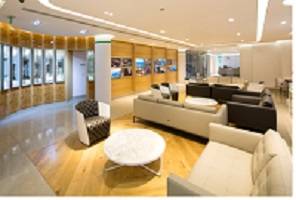May 14, 2013
English Heritage clarifies requirements for post-war office buildings
The results of a pilot project to review list descriptions for post-war commercial offices has been announced by English Heritage. The revisions to 28 commercial offices by the conservation body have better identified the special interest in these buildings, which in many cases are the exterior and internally are usually limited to spaces such as lobbies and board rooms. When other parts of the building, such as basements and working floors are not of interest, this is said explicitly, thereby giving owners greater flexibility and clarity in the consents process and the management of change.

























May 13, 2013
Green Office Week kicks off with a focus on individual behaviour
by Mark Eltringham • Comment, Environment
More →